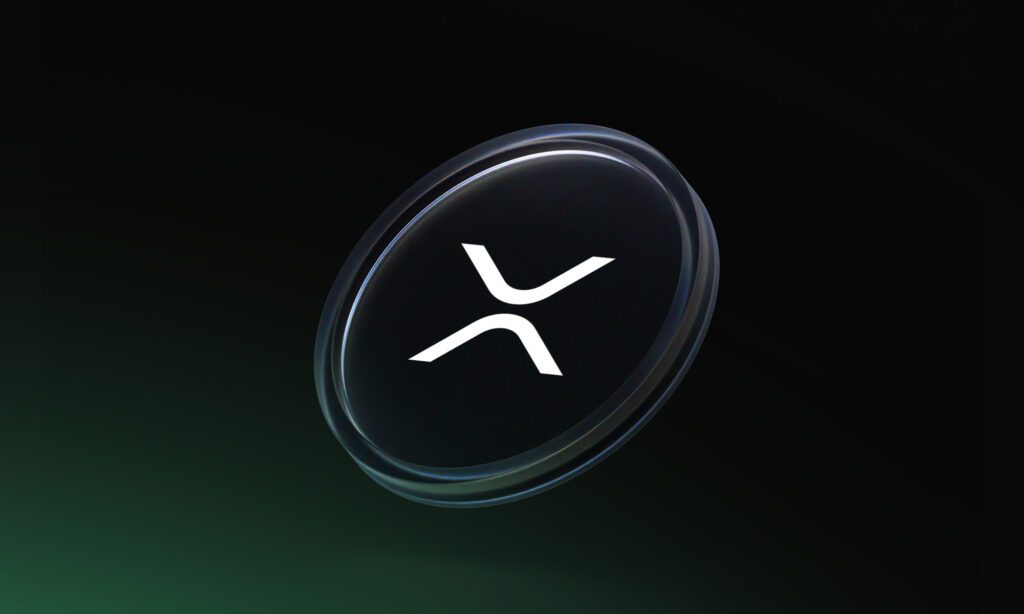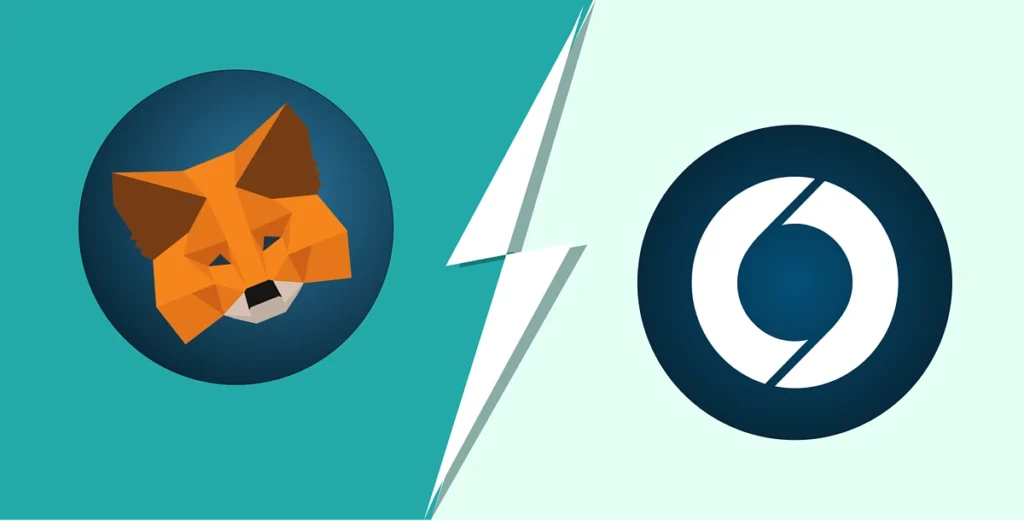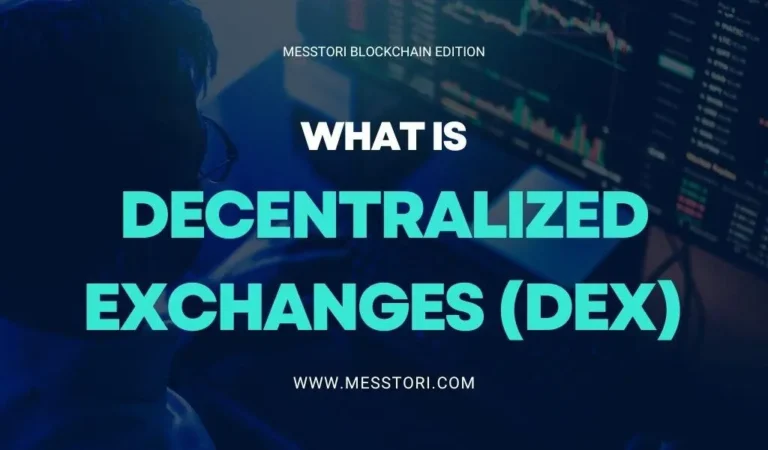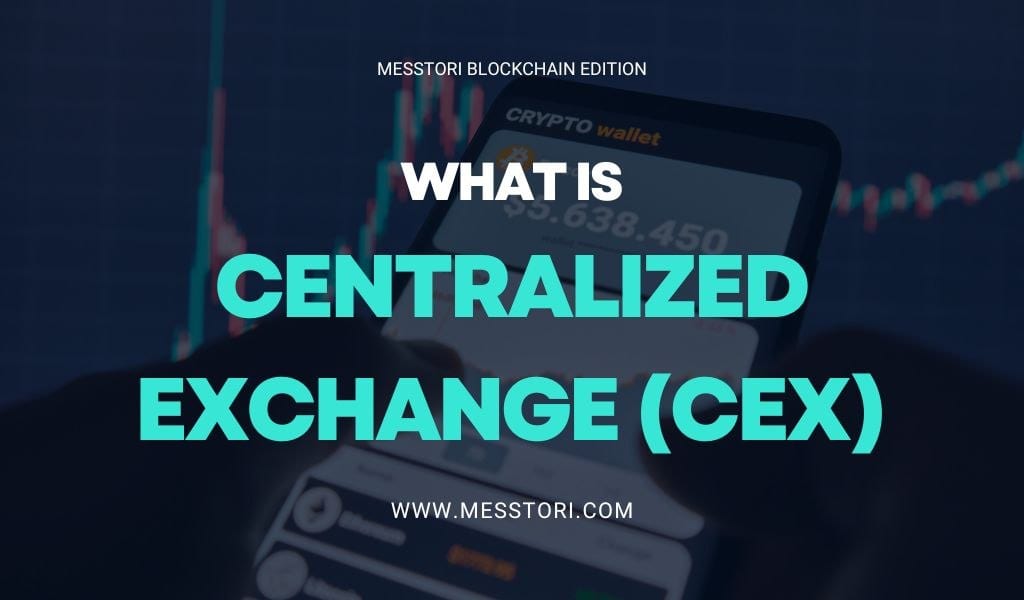
XRP is one of the oldest cryptocurrencies, developed by the company Ripple to optimize international payments for financial institutions. Launched in 2012, XRP and its underlying blockchain, the XRP Ledger, paved the way for a fast, low-cost payment system that continues to expand beyond traditional finance.
The Difference Between XRP, Ripple, and XRP Ledger
Ripple – The Blockchain Company
Ripple was founded in 2012 by Jed McCaleb and Chris Larsen. After several name changes, it now operates simply as Ripple, focusing on building decentralized financial infrastructure for banks and global financial institutions. The current CEO is Brad Garlinghouse.
Unlike Bitcoin, Ripple wasn’t built for retail users but for institutions that need fast and efficient international payments.
XRP Ledger – Ripple’s Blockchain
XRP Ledger is an open-source blockchain that doesn’t use Proof-of-Work (PoW) or Proof-of-Stake (PoS). Instead, it uses a consensus algorithm based on a Unique Node List (UNL) — a list of trusted validators selected by each server on the network. This results in incredibly fast transaction finality, averaging 3–5 seconds.
This unique mechanism ensures high performance and low energy consumption compared to PoW blockchains like Bitcoin.
XRP – The Native Cryptocurrency
XRP is the native token of the XRP Ledger. Like BTC on the Bitcoin network or ETH on Ethereum, XRP has several key roles:
- Paying transaction fees (as low as 0.00001 XRP, and burned after each transaction)
- Functioning as a base trading pair on XRP Ledger’s built-in DEX
- Enhancing liquidity through auto-bridging across currency pairs
How XRP Works
| Key Feature | Description |
|---|---|
| Fixed Supply | XRP has a capped total supply of 100 billion tokens, all pre-mined at launch to ensure transparency and predictability. |
| Circulating vs Escrow | About 58.4 billion XRP are in circulation, while the rest are held in escrow by Ripple and gradually released each month. |
| Ultra-Low Fees | Transaction fees are extremely low, making XRP ideal for large-scale financial and cross-border operations. |
| Deflationary Burn | A small amount of XRP is burned with each transaction, slightly reducing supply over time and introducing deflationary pressure. |
Real-World Use Cases for XRP
RippleNet – A Global Payment Network
RippleNet is a global payment network for banks and financial institutions built on XRP Ledger. It directly competes with SWIFT by enabling faster, cheaper, and more transparent international transfers.
New Emerging Use Cases
Recent upgrades to XRP Ledger have opened doors to new sectors, including:
- DeFi (Decentralized Finance)
- Real-world asset tokenization
- NFTs and blockchain gaming
- Stablecoin RLUSD, issued by Ripple in 2025
The SEC Lawsuit and Legal Turning Point for XRP
In December 2020, the U.S. Securities and Exchange Commission (SEC) filed a lawsuit against Ripple, accusing it of selling XRP as an unregistered security.
After more than three years of legal proceedings, a federal court ruled in July 2023 that XRP was not a security when sold to retail users, but was a security in institutional sales. Ripple paid a $125 million fine, but the ruling was seen as a major win for the XRP community.
By March 2025, the SEC dropped its appeal, returned $50 million, and Ripple withdrew its counter-appeal — bringing legal clarity to XRP. This paved the way for several developments:
- CME Group launching XRP futures
- Spot XRP ETFs filed by Franklin Templeton, Grayscale, Bitwise, and more
Where to Buy and Store XRP
Buy XRP
XRP is available on nearly all major centralized exchanges (CEXs), including:
- Binance
- Coinbase
- OKX
- Bybit
| Asset | Price (USDT) | 7D Chart | Time |
|---|---|---|---|
| XRP | $… |
| –:–:– |
Wallets That Support XRP
You can use hot or cold wallets, depending on your preference:
Hot Wallets:
- Trust Wallet
- Exodus
- GateHub
- Xaman
- Edge
Cold Wallets:
- Ledger
- Trezor
- Tangem
Risks to Consider When Investing in XRP
- High price volatility: XRP hit an all-time high of $3.40 in 2018 and fell below $0.15 at its lowest.
- Ripple controls a large share of supply: While most of it is in escrow, market impact is possible if large amounts are sold.
- Reliance on XRP Ledger development: If the blockchain faces technical issues or exploits, XRP’s value could be at risk.
Final Thoughts
XRP is a cryptocurrency with a clear focus: institutional cross-border payments. With its speed, low cost, and increased legal certainty post-SEC case, XRP is regaining momentum in the crypto space.
If you’re interested in how blockchain can revolutionize global finance, XRP is a name worth considering. However, always do your own research and use a secure wallet to store your assets.








